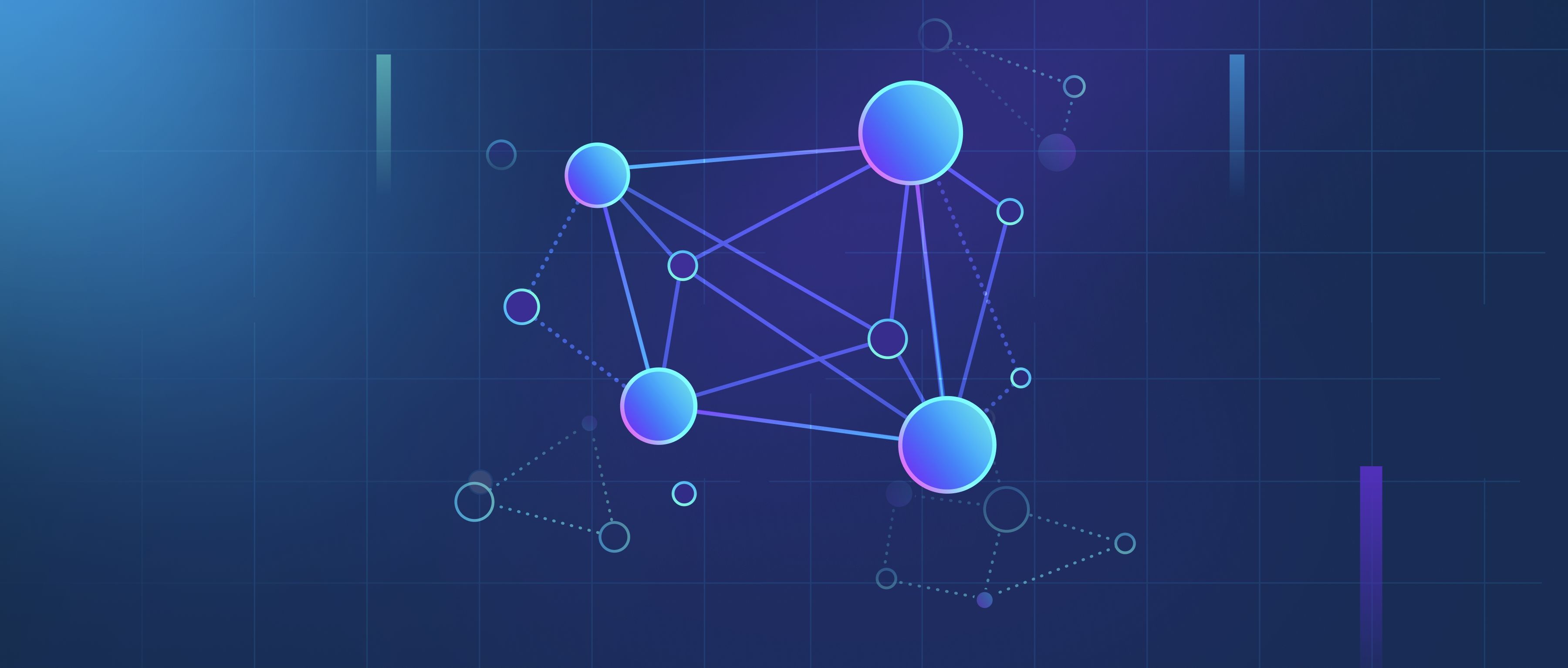NLP interacts with knowledge graphs by extracting entities, relationships, and facts from unstructured text and mapping them onto structured representations. Knowledge graphs represent information as nodes (entities) and edges (relationships), enabling systems to reason about data more effectively. NLP techniques like Named Entity Recognition (NER) identify entities (e.g., “Barack Obama,” “Hawaii”), while Relation Extraction determines how these entities are connected (e.g., “born in”). For example, the sentence "Barack Obama was born in Hawaii" would map "Barack Obama" as a person node, "Hawaii" as a location node, and "born in" as the connecting edge.
NLP also powers querying knowledge graphs by interpreting natural language questions. For instance, a user query like "Where was Barack Obama born?" is converted into a structured query that retrieves the relevant graph nodes and edges to provide an accurate answer. Knowledge graphs and NLP are commonly used together in applications such as semantic search, recommendation systems, and domain-specific insights. Tools like spaCy, Stanford CoreNLP, and OpenAI’s models, integrated with graph databases like Neo4j or RDF frameworks, enable seamless interaction between unstructured text and structured graph representations. By bridging the gap between free text and structured data, NLP enhances the utility of knowledge graphs in AI applications.
